Sweet. Meaty. Melt-in-your-mouth.
These are a few of my favorite words to describe the delectable taste and texture of Florida Stone Crab Claws. They’re also a sustainable seafood species.
That’s a win-win in my boat.
First, lets talk sustainability and what makes a seafood species sustainable?
It’s important to know where Stones are sourced and how they’re harvested. In fact, it’s a huge part of sustainability.
- Every year, Florida Stone Crab Claws are available from Oct. 15th through May 15th.
- Stone Crab Claws are primarily indigenous to Florida and are harvested almost exclusively in Florida.
- Three Florida counties harvest most of the bounty; the southern tip of the Florida peninsula, and into the Florida Keys. Although Stones are found as far north as the Carolina’s and as far west as Texas.
- This crustaceous bottom-feeder crawls across the ocean floor eating oysters, sea grass, small mollusks and other crustaceans.
- Crabber’s lure Stone Crab traps with fish heads, bait bags and occasionally, pig feet.
- When Stone Crab Claws are harvested, crabber’s remove one or both of the two claws of the crab and then return it to the water to regenerate its removed claws. New claws grow in about eighteen months.
- Claws are a minimum of 2 ¾ inches long in order to be harvested legally.
- Claws may not be taken from egg-bearing females according to Florida Department of Agriculture and Consumer services.
- Stone Crab Claw season is closed for five months, every year, to protect this valuable seafood resource.
- And that, my fishy friends, is the main reason Stone Crab Claws are a sustainable seafood species.
So now that that’s out-of-the-way, we can move on to the fun stuff.
Eating Stone Crab Claws.
If ever there was an association with Florida, Stone Crab Claws rank right up there with sunshine, Key West, and Key Lime Pie.
If you’re lucky to travel to Key West or anywhere in Florida, it’s easy to find Stone Crab Claws during the season. Stone’s are sold in retail outlets, grocery stores, and restaurants.
And if you’re not anywhere near Florida, or planning a trip, then you can order these babies online.
Ready to buy?
Here’s your guide for sizing up how many Stone’s to buy:
- Jumbo 2-3 per pound
- Large 4-6 per pound
- Medium 6-8 per pound
Getting to Key West is easy enough; there are daily flights from most major airports several times a day, or if you like some windshield time, you can drive from anywhere in the continental US.
Local’s, or Conch’s, the moniker for a Key West native, will tell you that the freshest Stone Crabs Claws are at the Chevron gasoline station, (I’m not kidding). Other’s will steer you towards their brothers, mothers, cousins (you get the picture) fish shop. Some will send you across the island to Conch Republic, a tourist trap of a restaurant, situated at Key West Wharf.
If you’re like me, you aren’t going to Florida anytime soon. Sigh.
Where can you buy these delectable, sweet crabs online?
One of the freshest suppliers of the delectable, meaty Stone Crab Claws isn’t in Key West.
Fishbusterz on Stock Island, just a stone’s throw (sorry, I had to) from Key West, offers the freshest seafood in the area; that’s saying a mouthful.
Another excellent source to buy Stone’s is Keys Fisheries Market and Marina. And it’s not because I lived in Marathon for ten years. Okay, maybe it is.
Trust me.
Whether you buy online, at Whole Foods Market, at the docks, or at your favorite Tiki bar, fresh Florida Stone Crab Claws will not disappoint.
When Stone’s are cracked open, the bright orange, yellow, hard-as-stone claws, reveal sweet, delicate-tasting, firm, white meat. The meat needs little attention. Maybe you’ll want a dash of lemon juice, or a tangy, mustard dipping sauce for dipping. See my recipe below.
Need to know more?
- Stone Crab Claws are cooked immediately on the boat or at the dock, so half of the work is done when you buy them.
- If you’re eating in a restaurant, the crab will be cracked and ready to eat. When you buy them at the store, you can ask to have them cracked for you. Don’t forget to ask for ice to transport them home.
- If you want to crack them yourself, the easiest way to crack the hard stone, is with a wooden mallet or a large kitchen spoon. Hit the round part of the claw squarely with the back of the spoon or wooden mallet.
- Be careful as you peel the hard shell away from the meat, they’re called Stone Crab Claws for a reason.
- Rinse the meat with cold water, and then eat immediately.
Try my mustard dipping sauce for an unbelievable eating sensation.
Mustard Dipping Sauce
Ingredients List
- 1 cup light mayonnaise
- 3 tablespoons Dijon mustard
- 1 tablespoon Key Lime Juice (or sub lemon/lime juice)
- 1 tablespoon ground horseradish (optional)
- 1 tablespoon sour cream
- ~Sea salt and white pepper
Directions
- Mix all ingredients in a small bowl until smooth.
- Cover and refrigerate for thirty minutes, up to several days.
- Stir before serving.
Additional Buying Guide
All opinions are my own. This is not a sponsored/promotional post.

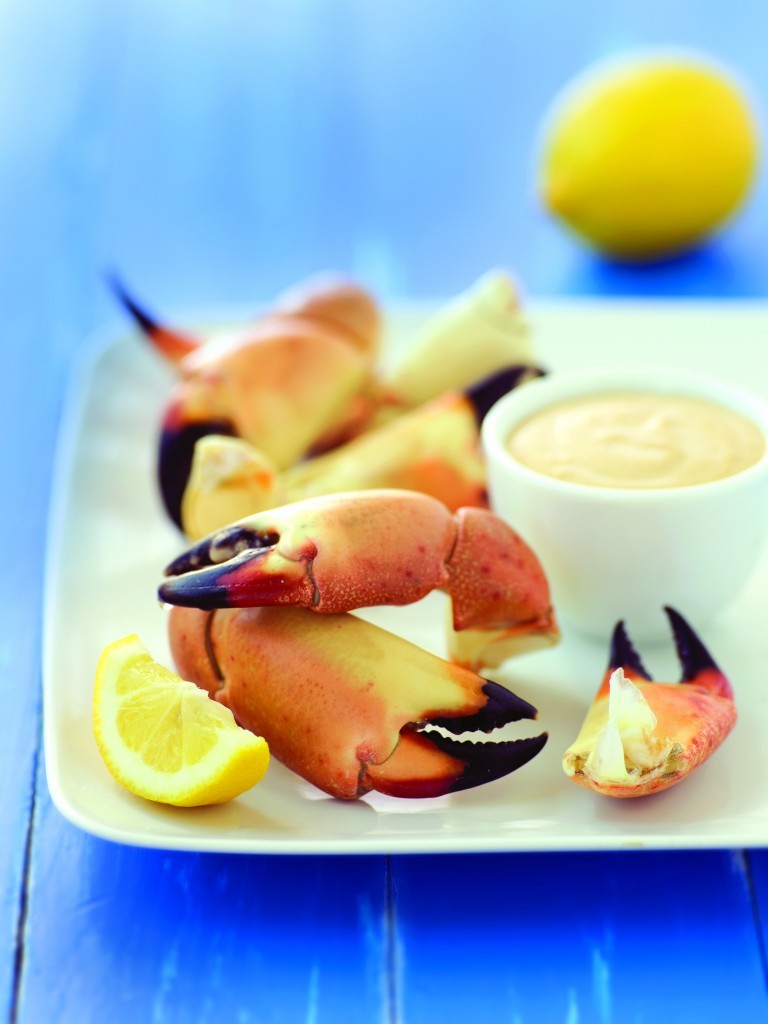
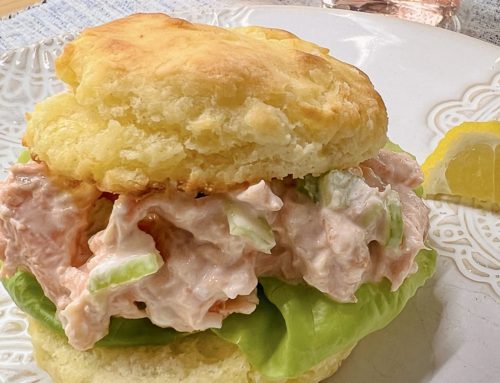

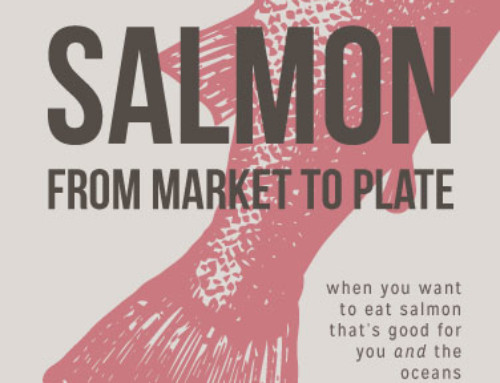
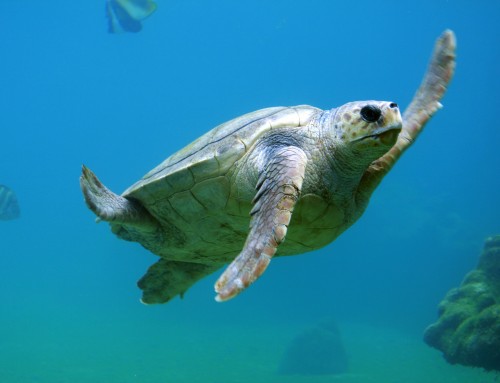


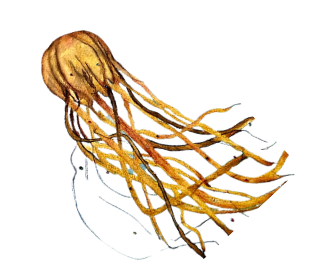

[…] animal giving the carb the opportunity to regrow its claw in the next nine months. Learn all about Stone Crab and mix up my tangy Mustard Dipping Sauce if you get your hands on some claws this […]